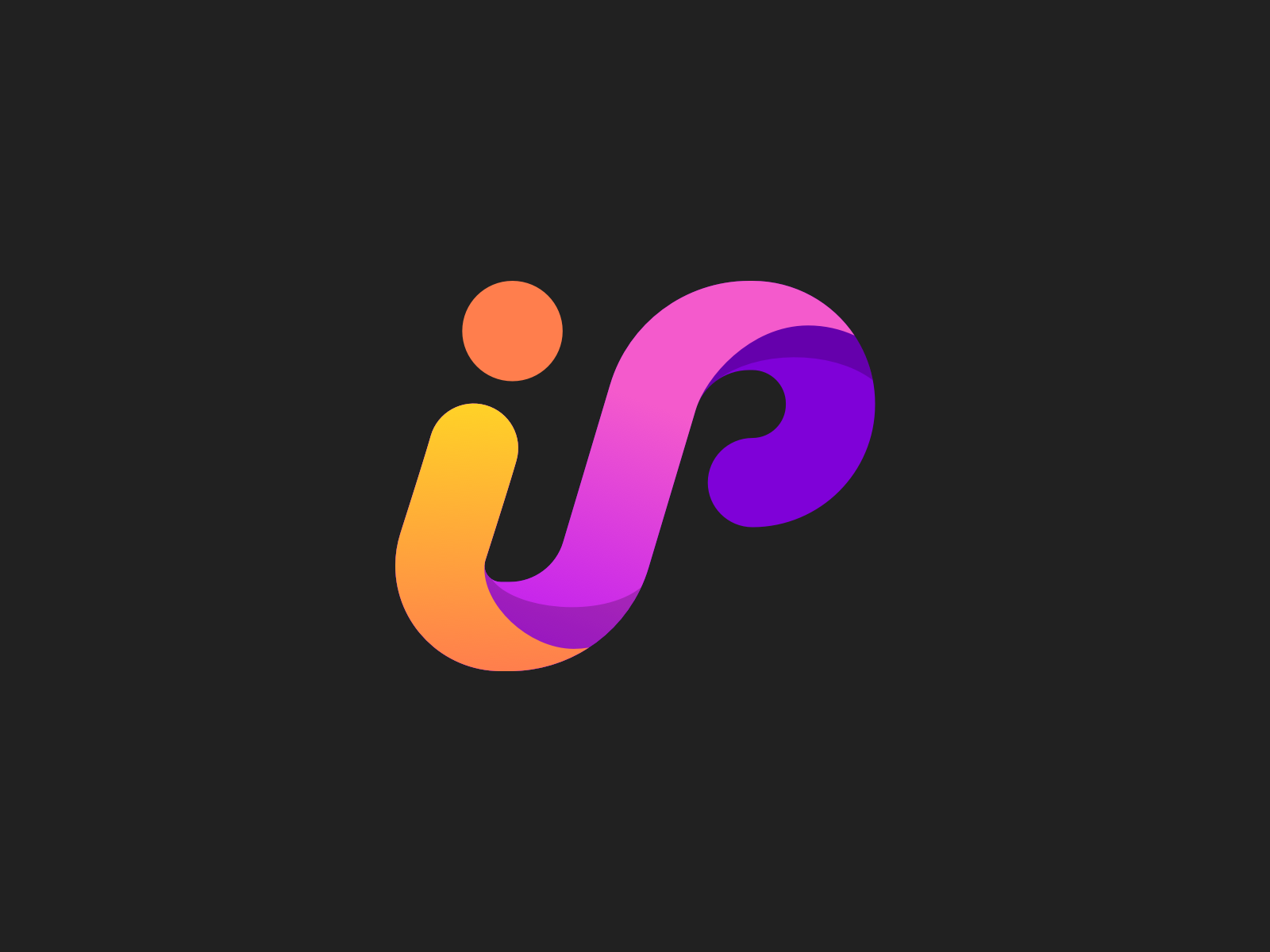

According to their website, "POP Fit Clothing was built on the idea that representation, inclusivity, and body positivity matters in both fashion and media." This is why their sizes range from XXS to 4XL and feature signature fabric with a four-way stretch. Perhaps one of the most stunning thing about this brand is their radical representation found in all their messaging. POP Fit has a beautiful brand with bright pinks, purples, and yellows, but that's not even a main element of their brand identity.

MY LOGO ON PRODUCTS CODE
The experience of scanning the code is a novelty that makes an impression, both with the product itself as well as its mission to drive an idea home.All the paper products use modern, colorful designs that pop off the page and slogans that go beyond generic well wishing.That's when she had an epiphany that would later become the basis of what makes her company unique: "Why not sell cool greeting cards AND help people!" Here's how this brand's identity is executed:
MY LOGO ON PRODUCTS PROFESSIONAL
By pairing simple inspirational messaging with a code on the back of the card that leads to digital content and tips, the cards are meant to "level up" the recipient in some way.įounder Ashley Sutton always wanted to start a stationery company, but after a career working in some of the top Fortune 500 companies, she became passionate about empowering people to be their best professional selves. Their stationary and cards tackle more difficult topics such as job hunting and personal development. Hustle & Hope is a brand that positions their products as more than a greeting card.

The brand develops credibility and trust this way. This tells customers they're not getting an imitation - this is the real thing. Coca-Cola prints its logo on a uniquely shaped bottle (it's true, no other beverages have bottles exactly like it).Coca-Cola is a drink you enjoy when you're done in the afternoon. Coffee, for example, is a drink you have before work in the morning. The red color elicits confidence in the person who drinks a Coke, while the script typeface is all about enjoyment. Coca-Cola's brand identity begins with a red logo in script text.Here are two things that comprise Coca-Cola's brand identity: When you hear the name Coca-Cola, you probably picture its well-known logo, shown above.īut you also might think of the polar bear, the color red, its "Share a Coke" campaign, or the classic ribbon-like imagery featured on its cans. To further understand this concept, let's explore some examples, next. Brand identity is the process of shaping that impression. Ultimately, your product leaves an impression on your customers long after you've made the sale. Today, the most magnetic brand identities scale across digital platforms, IRL experiences, and even naturally converse with real customers." It's about crafting a personality that amplifies the core elements to your brand's DNA. A brand is typically comprised of a name, tagline, logo or symbol, design, brand voice, and more.īrand identity, then, is the aspect of branding that focuses on your brand's personality, as well as the values you convey to customers.Īs Wayfair Senior Brand Manager Jared Rosen puts it, "Brand identity is more than just finding the right logo to place on coffee cup sleeves or mount above your front door. However, the idea of a "brand" has since evolved to encompass much more than just a name or a symbol.Ī brand is a feature - or set of features - that distinguish one organization from another. Originally, the term "brand" was used to refer to the mark that cattle ranchers "branded" on their cattle. Essentially, your brand identity is the personality of your business and a promise to your customers. A brand identity is made up of what your brand says, what your values are, how you communicate your product, and what you want people to feel when they interact with your company.


 0 kommentar(er)
0 kommentar(er)
